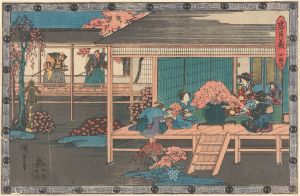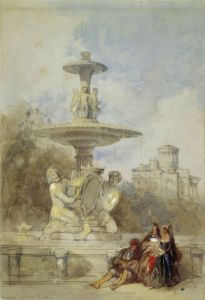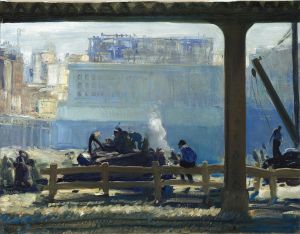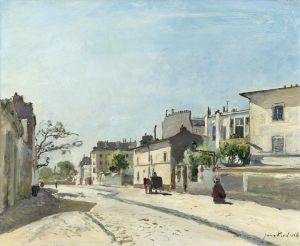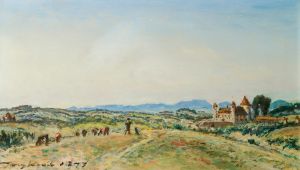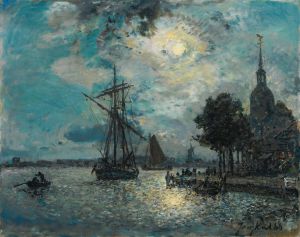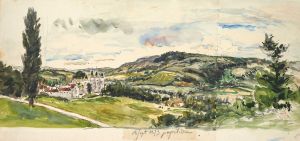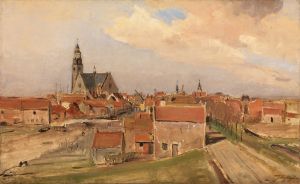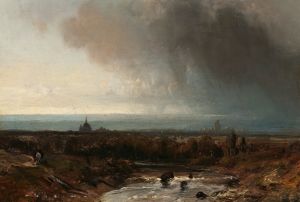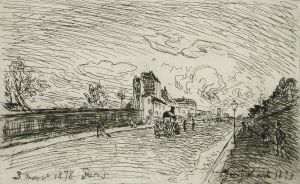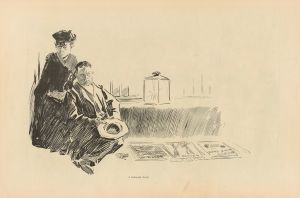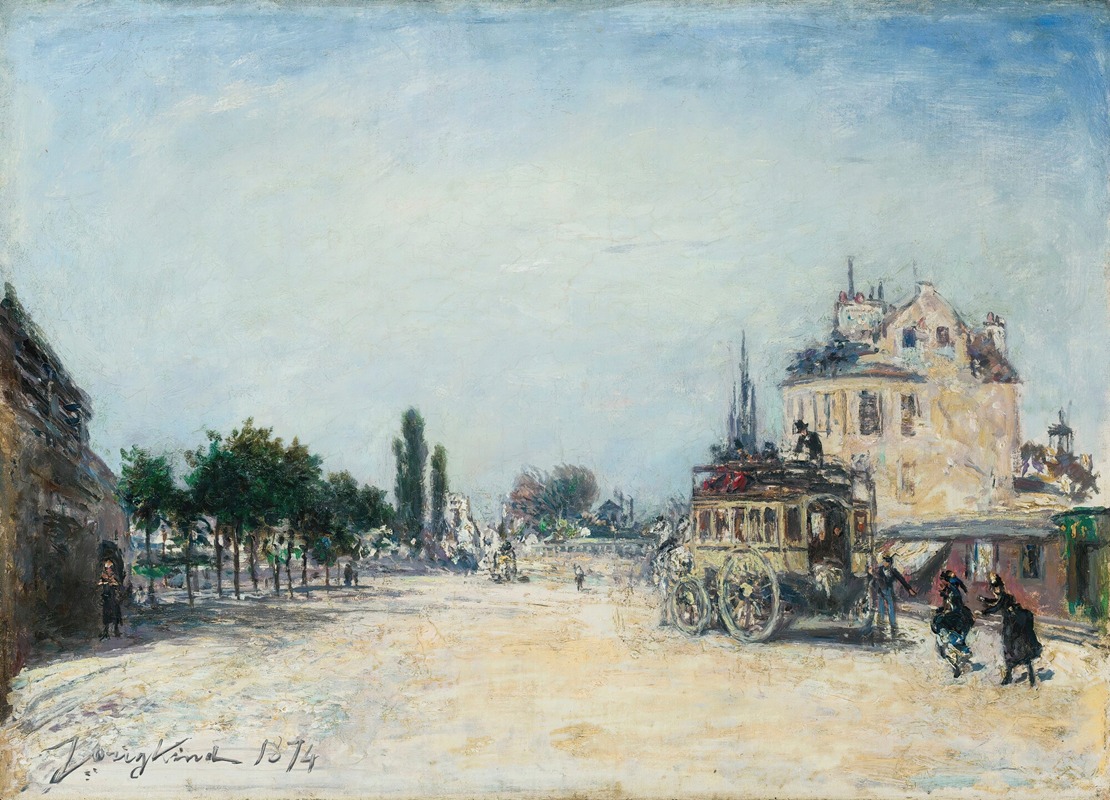
L’ Omnibus De La Glacière À La Barrière Rochechouart
A hand-painted replica of Johan Barthold Jongkind’s masterpiece L’ Omnibus De La Glacière À La Barrière Rochechouart, meticulously crafted by professional artists to capture the true essence of the original. Each piece is created with museum-quality canvas and rare mineral pigments, carefully painted by experienced artists with delicate brushstrokes and rich, layered colors to perfectly recreate the texture of the original artwork. Unlike machine-printed reproductions, this hand-painted version brings the painting to life, infused with the artist’s emotions and skill in every stroke. Whether for personal collection or home decoration, it instantly elevates the artistic atmosphere of any space.
Johan Barthold Jongkind, a Dutch painter and printmaker, is widely recognized as a precursor to the Impressionist movement. His works often depict landscapes, cityscapes, and scenes of everyday life, characterized by a loose, atmospheric style and a focus on light and color. One of his lesser-known works, L’Omnibus de la Glacière à la Barrière Rochechouart, captures a moment of urban life in 19th-century Paris.
This painting portrays a horse-drawn omnibus, a common mode of public transportation in Paris during the mid-19th century, traveling between the Glacière and Barrière Rochechouart areas. The scene reflects Jongkind's interest in modern urban life and his ability to depict fleeting moments with a sense of immediacy. The composition is marked by his characteristic use of soft, fluid brushstrokes and a muted color palette, which lend the work a sense of atmosphere and movement.
Jongkind's choice of subject matter aligns with the broader artistic trends of his time, as many artists began to turn their attention to the rapidly changing urban environment of Paris. The omnibus, a symbol of modernity and progress, serves as a focal point in the painting, highlighting the dynamic interplay between tradition and innovation in the city. The inclusion of figures and architectural elements further situates the work within the context of everyday life in 19th-century Paris.
While Jongkind was not formally associated with the Impressionist group, his work had a significant influence on many of its members, including Claude Monet. His emphasis on capturing the effects of light and atmosphere, as well as his preference for painting en plein air, were key elements that would later define Impressionism. L’Omnibus de la Glacière à la Barrière Rochechouart exemplifies these qualities, showcasing Jongkind's ability to blend realism with a more subjective, emotional approach to his subject matter.
The painting is a testament to Jongkind's skill as an observer of his surroundings and his ability to translate the vibrancy of urban life onto the canvas. It remains an important example of his contribution to the development of modern art, bridging the gap between the realism of earlier 19th-century painters and the innovations of the Impressionists.
Further details about the painting's current location, dimensions, or specific historical context are not widely documented.





